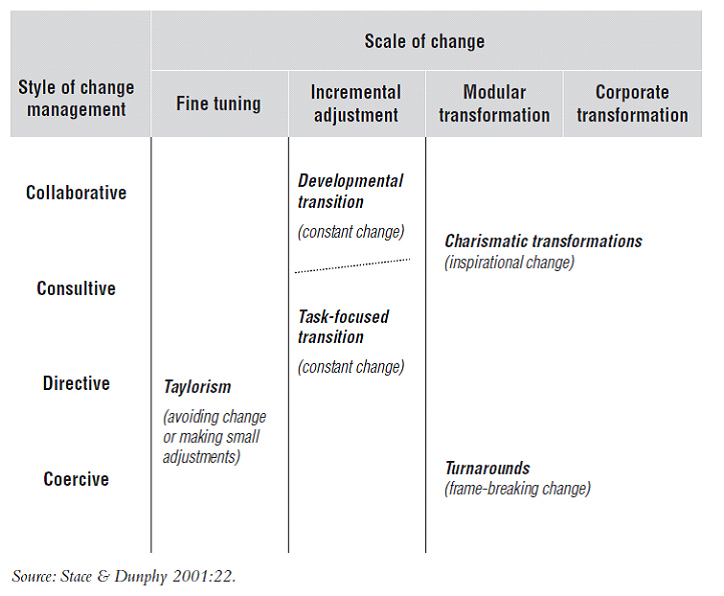Creating Sustainable Change – How to create and sustain change?
April 3, 2025
 Creating Sustainable Change – How to create and sustain change?
Creating Sustainable Change – How to create and sustain change?
Who doesn’t like change and who doesn’t want to change? These are certainly truisms in the 21st century landscape where businesses proclaim their commitment to change and exhort their employees to “Be the change you want to see”. However, having a vision and mission statement that commits to change is different from actualizing the change.…
 Why Some Organizations are Better at Driving Change ?
Why Some Organizations are Better at Driving Change ?
We live in a world where increasing complexity is the order of the day and the business landscape is characterized by a rapid turnover of companies which find themselves dethroned from their position because of outmoded thinking or anachronistic strategies. For instance, Nokia and RIM (the maker of Blackberry) were at the top of the…
 How Relevant is the Corporate Planning Function in the Digital Age of Agile Organizations
How Relevant is the Corporate Planning Function in the Digital Age of Agile Organizations
Corporate Planning in Earlier Decades Manufacturing Firms In manufacturing firms in the earlier decades, one of the most sought after role was to work in the Corporate Planning Function which was staffed with the Créme De La Créme of Employees trained in Management and skilled with longer term orientation and insights into how the future…
The contingency model is an extended version of Lewin’s three step in which Dunphy and Stace (1988, 1992 and 1993), explained the process of change from the transformational organization perspective.
Dunphy and Stace (1993), put forth a situational or contingency model of change, which emphasized on the fact that organizations should vary their change strategies in accordance with the environmental changes for arriving at an ‘optimum fit’.
It further discussed that organizations differ in terms of structure, processes and key values which they espouse, and it is due to these differences; the organizations may not be influenced by the similar situational variables.
Dexter Dunphy and Doug Stace, through their contingency model proposed that depending upon the environment, both the managers as well as the change agents should vary their change strategies. They focus on the environmental factors as well as the forces of leadership which play a crucial role in any change process.
According to them, change can be categorized into four different types:
Both the authors reckoned that the change need not only happen on an incremental basis but can also take place on a radical or discontinuous basis. They equally highlighted that the transformational change could be both consultative as well as coercive in nature.
In continuation with this, both argued that:
Based on the interaction between the Scale of Change and Management/Leadership style, Dunphy and Stace propounded a model of 5 different types of Change.

The salient features of these 5 types of change are given below:
Your email address will not be published. Required fields are marked *